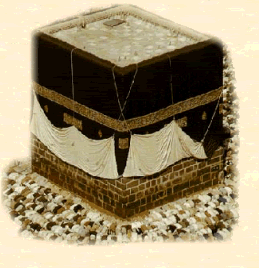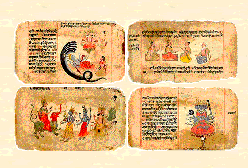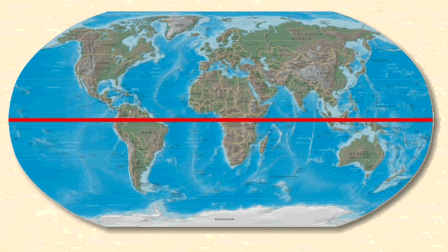நேசகுமாரின் சமீபத்திய பகவத்கீதை - இஸ்லாமிஸ்டுகளின் திரிப்பு பதிவில் மரக்காயர் கீதையில் ஓரிறைக் கொள்கை என்று சில கீதை சுலோகங்களைத் திரித்து வழக்கமான இஸ்லாமிஸ்ட் ஏமாற்று பொய் வேலை செய்வதை அம்பலப் படுத்தியிருக்கிறார். நன்றி நேசகுமார்.
விளக்கவுரை அல்ல, சாதாரன கீதை மொழிபெயர்ப்புகளைப் படிப்பவர்களுக்குக் கூட இந்த ஏமாற்று வேலைகள் புரிந்து விடும்.
அப்பதிவில் கடைசியில் நேசகுமார் கூறுகிறார் :
பகவத் கீதையின் அறப்போரே , குரானின் ஜிகாத் என்று இஸ்லாமிஸ்டுகள் நூலெல்லாம் வெளியிட்டுக் கொண்டுள்ளார்கள். ஜிகாதை நியாயப்படுத்தும் இந்தச்செயலை இந்து ஆன்மீகவாதிகள் முன்வந்து கண்டிப்பதோடு மட்டுமல்லாமல், இது எப்படிப்பட்ட திரித்தல் என்பதையும் விளக்க வேண்டும்.
நேசகுமார், என்.வி.கே. அஷ்ரஃப் என்பவர் இப்படிப் பட்ட ஒரு ஆன்மிகவாதியாகத் தான் இருக்க வேண்டும் என்று நம்புகிறேன். சமீபத்தில் இணையத்தில் மேய்கையில் இவரது வலைத் தளத்தைப் பார்த்தேன். "இந்து வேதங்களில் முகமது.. ?" என்று ஆண்டர்சன் என்பவர் எழுதியதற்கு இவர் எழுதிய அருமையான எதிர்வினையில் இதை மிகத் தெளிவாக விளக்கியுள்ளார்.. இந்தக் கட்டுரையின் தொடக்கத்தில் அஷ்ரஃப் கூறுகிறார் -
Being a tolerant faith, Hinduism offers a great degree of freedom to interpret its scriptures. Ironically, this freedom has been abused by Muslim and Christian scholars to read their ideas into these texts. We will soon see that their claims of prophecies from the Vedas are a result of mistranslations and misinterpretations.
"பவிஷ்ய புராணத்தில் முகமது" போன்ற கட்டுக்கதைளை உரித்து வைக்கும் அஷ்ரஃப் , சொர்க்கம், நரகம் பற்றிய வேத இலக்கிய வர்ணனைகளின் ஆன்மிகக் குறியீடுகளையும் அலசுகிறார்.
New Indian-Chennai News + more

| Post Info | TOPIC: இந்து வேதங்களில் முகமது-திரிப்புக்கள் | |||||||||||||||||||||||||||||
|---|---|---|---|---|---|---|---|---|---|---|---|---|---|---|---|---|---|---|---|---|---|---|---|---|---|---|---|---|---|---|
|
|
|
|||||||||||||||||||||||||||||
|
|
|
|||||||||||||||||||||||||||||
|
|
|
|||||||||||||||||||||||||||||
|
|
|
|||||||||||||||||||||||||||||
|
|
|
|||||||||||||||||||||||||||||
|
|
|
|||||||||||||||||||||||||||||
|
|
|
|||||||||||||||||||||||||||||
|
|
|
|||||||||||||||||||||||||||||
|
|
|
|||||||||||||||||||||||||||||
|
|
|
|||||||||||||||||||||||||||||
|
|
|
|||||||||||||||||||||||||||||
|
|
|
|||||||||||||||||||||||||||||
|
|
|
|||||||||||||||||||||||||||||
|
|
|
|||||||||||||||||||||||||||||
|
|
|
|||||||||||||||||||||||||||||
|
|
|
|||||||||||||||||||||||||||||
|
|
|
|||||||||||||||||||||||||||||
|
|
|
|||||||||||||||||||||||||||||
|
||||||||||||||||||||||||||||||
|
|
||



|



